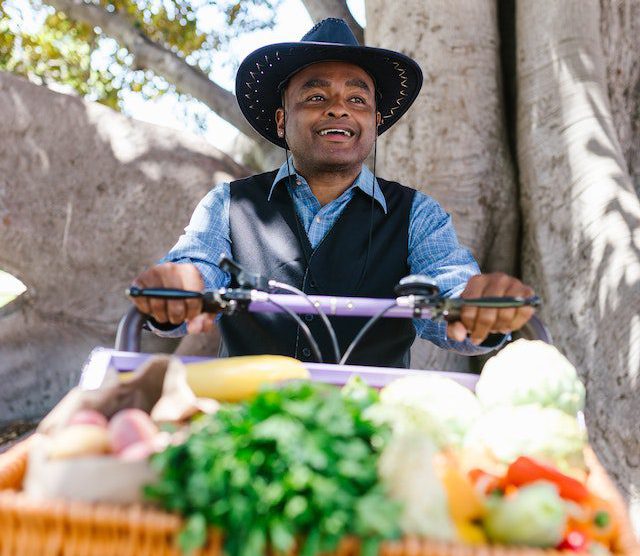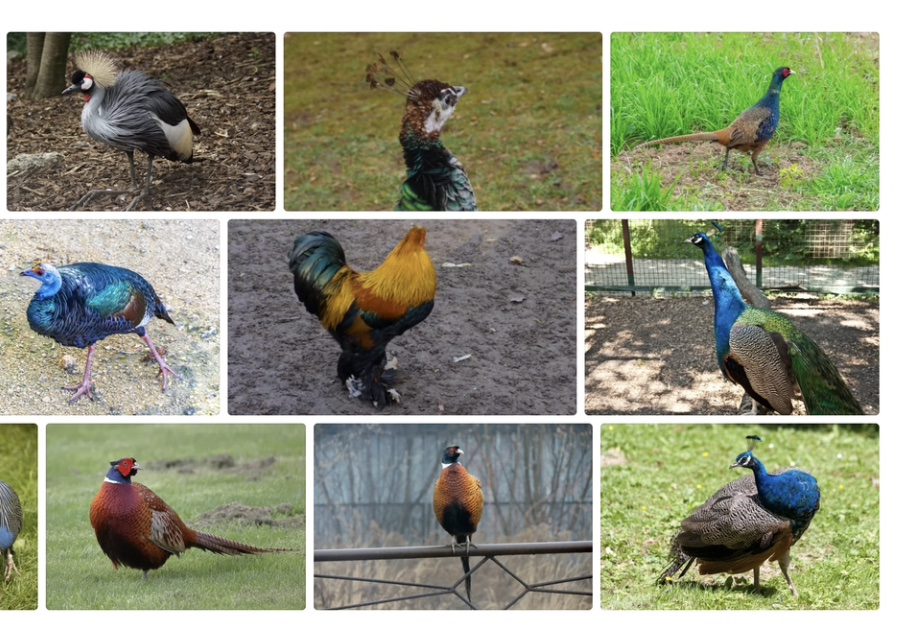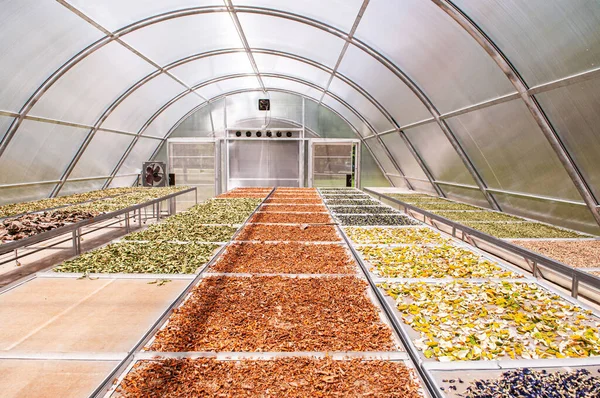Most farmers believe fruit farming is impossible in dry areas—but that’s far from the truth. With the right types of fruit varieties, you can grow a thriving orchard even in Kenya’s driest regions like Mandera, Turkana or Wajir. Want to know which fruits will survive and thrive in arid conditions?
Fruits farming in Kenya is a profitable venture for many small scale farmers. Over 80 % of Kenya land is classified as arid and semi-arid (ASAL). These dry region are known for hot and dry climate, making them unsuitable for crops farming. Luckily, there are a few types of fruits that do best in these dry and hot conditions and can give you dependable income for years.
In this Ultimate Guide to Fruits That Grow in Dry Areas of Kenya, we will discuss the best drought-tolerant fruit trees to grow in Kenya. They include the loquats, black plums, date palms, tamarind, kei apple, prickly pear cactus, dragon fruits, thorn melon, and papaya among others. Besides, we provide detailed information on how to plant and care for them.
Expand 👇 the Table of Contents
Dragon Fruits
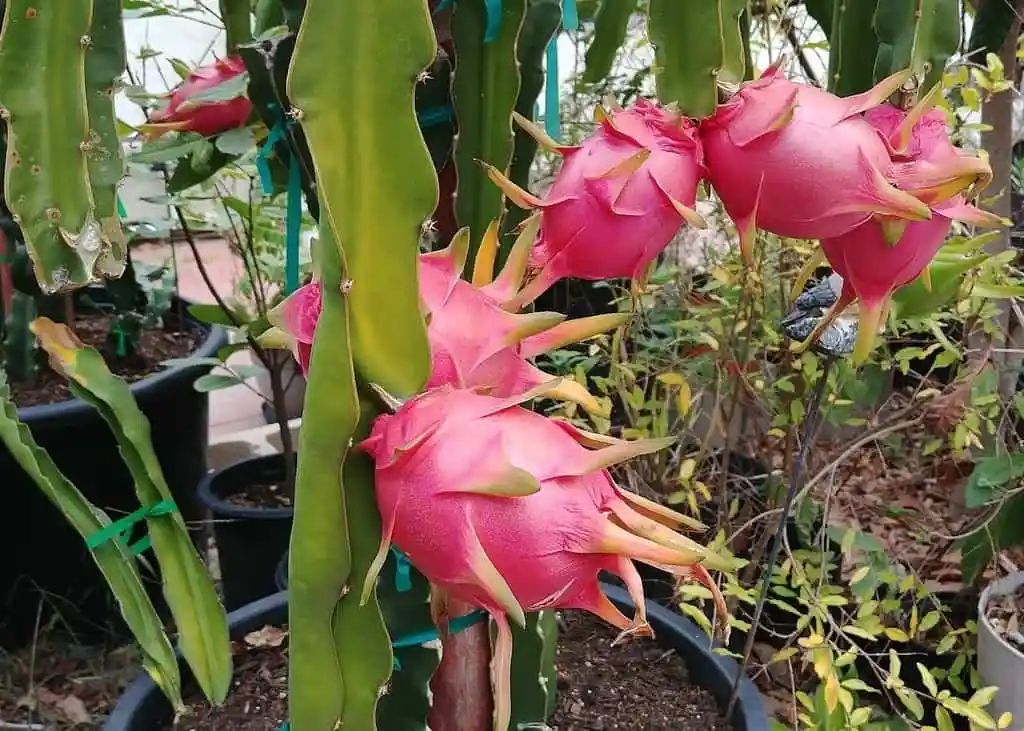
Hylocereus undatus. other common names; Cereus triangularis, Thanh long, Strawberry Pear, Cactus fruit, Night blooming Cereus, Jesus in the Cradle
Dragon fruit farming in Kenya is new. Its popularaity is growing fast with many farmers growing it to match the growing market demand. The fruit is grown from cactus vines making it one of the best drought tolerant fruit for dry areas in Kenya. The fruit is known for its sweet and delicate taste and is high in antioxidants and fiber. Dragon fruits are often used in smoothies, salads, and desserts.
To grow dragon fruits, farmers consider a spacing of 2 by 2metres. This gives you 1,000 support posts for the cactus plants for an acre of land. Each post can support two dragon fruit vines. Therefore, you can grow about 2,000 plants in just one acre of land! Each vine will give you approximately 30 fruits annually under worst drought conditions, with an average weight of about 0.5kg.
Loquats
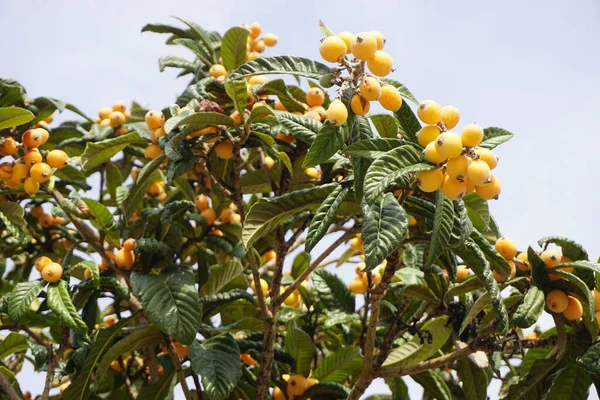
Eriobotrya japonica, other names; Japanese medlar, nispero, Maltese plum, Japanese plum, 盧橘, pipa
Loquats are small, sweet, and juicy fruits that are rich in vitamins A and C. They are known for their high fiber content and low-calorie count, making them an ideal snack for health-conscious individuals. Loquats are easy to grow and require minimal maintenance, making them a popular choice among small farmers in Kenya’s arid and semi-arid regions.
To grow loquats, farmers should plant the trees in well-drained soil and full sun exposure. Loquat farming in Kenya has the following
- Well distributed rainfall of 100cm throughout the year.
- Deep, well drained sandu-loam soils that are rich in organic matter.
- Preferred spacing of 6 to 8 metres.
- Plant 200-300 fruit trees in 1 ha of lamd.
Black Plums
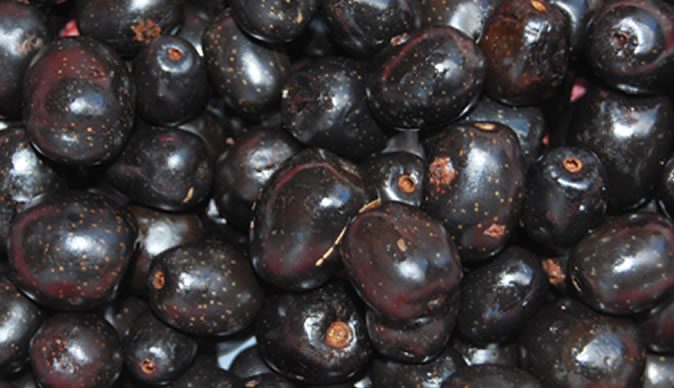
vitex payos, local names; Swahili: mfudu, Kamba: Kimuu, Embu: Muburu, Giriama: mfudu.
Black plums, “chocolate berry” or vitex payos is a key indigenous fruit tree in Ukambani region of Kenya. They are known for their sweet and tangy taste and are rich in vitamins A and C. Black plums are also high in antioxidants, making them an ideal fruit for boosting the immune system.
In Kenya, these fruits have a thriving market in areas of Kitui, Mutomo, Mbeere (Ishiara).The blackish pulp of the fruits is edible and eaten raw. It is often used to make jam. A beverage is made from the fruit
juice, and boiled fruits are the basis for an alcoholic liquor and wine. The seeds inside the fruit stone are also edible. Cooked young leaves are eaten as a vegetable or in sauces.
It grows from altitudes of 0-1600m, in areas with 650-850mm mean annual rainfall. It can also grow to a height of up to 10m. V. payos often grows in sandy soils, less often clay red and rocky ones
Date Palms
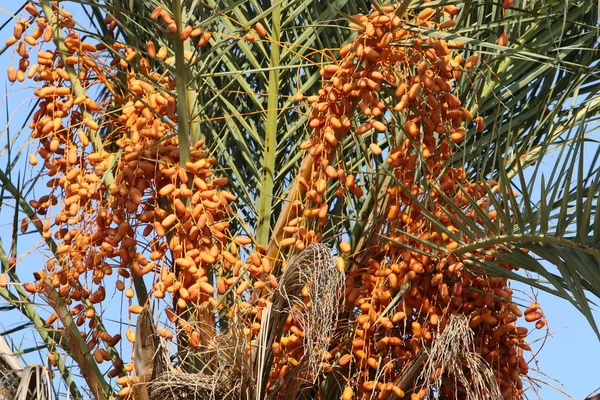
Phoenix dactylifera, Other common names Dade, Date, Datte, Dattel, Datter, Dattero, Dattier, Datil, Edible Date, Kharjura, Palmera Datilera, Palmier Dattier, Palmier-Dattier, Phoenix dactylifera, Tamera
Date palms are one of the oldest cultivated fruits in the world and can thrive in Kenya’s arid and semi-arid regions. They are known for their sweet and chewy taste and are rich in vitamins and minerals. Dates are a popular ingredient in many desserts and can also be eaten as a snack. Dates can be eaten fresh or dried and is rich in potassium, calcium and magnesium as well as vitamins A, B and K. They are also rich in carbohydrates.
Dates farming is popular in areas of Kibwezi. Below are the key requirements for successful dates farming in Kenya.
- They do well where rainfall amounts range between 600 and 1,000 millilitres a year.
- They do well in dry and humid climates especially along the coastal counties
- Propagated from suckers, which are harvested from mature palms and transplants.
- Reccomended pits dimensions measuring 3x3x3 feet.
- Consider watering for at least once every week until they are about six years when they start producing.
Tamarind
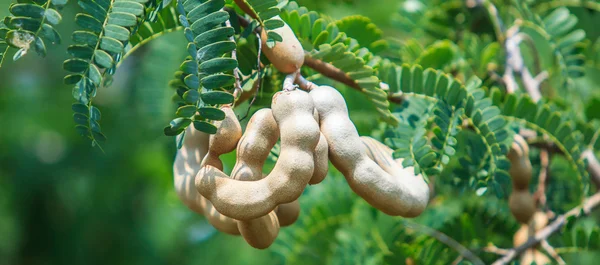
Tamarindus indica, Other common names, ukwaju Imlee, Imli, Tamarin, Tamarindo, Tamarindus indica, Tamarinier, Tamarinier d’Inde, Tintiri
Tamarind is a popular fruit in Kenya’s arid and semi-arid regions and is known for its tangy and sour taste. The fruit is high in antioxidants and is often used in traditional medicine to treat various ailments. Tamarind is also a popular ingredient in many dishes and can be used to make sauces, jams, and chutneys. It is also used for souring porridge, juices, fried seeds, seasoning and flavouring
Tamarind farming in kenya has does well sin Garissa, Tana River, Lamu, Kitui, Machakos, Makueni, Taita-Taveta and Kajiado counties. The following are some top conditions for optimal yield
- Altitude ranges from 0 to 1,500 metres above sea level.
- Annual rainfalls range from less than 400mm to more than 1,400mm.
- Tree spacing should be a minimum of five metres, but this can be up to 15 metres
- Regular pruning to control growth and maintain shape is recommended.
Kei Apple
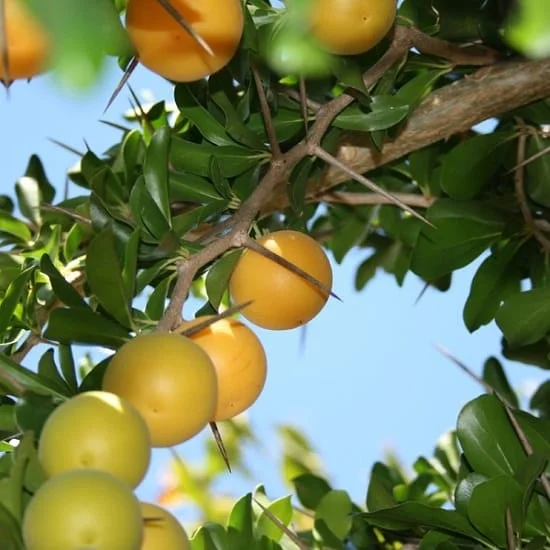
Dovyalis caffra, common names; kei apple, keiappel, wilde-appelkoos, appelkoosdoring; English: kei apple, Dingaan’s or wild apricot;
Kei apple is a native fruit to Kenya and can thrive in the country’s arid and semi-arid regions. The fruit is known for its sweet and sour taste and is high in vitamin C. Kei apple is often used to make jams, jellies, and sauces and is also eaten fresh as a snack.
Kei apple fence in Kenya is the key reason of growing it in Kenya. As a fruit tree, below are some requirement an conditions you can consider
- For the production of fruit, they should not be set closer than 12-15 ft (3.5-4.5 m)
- Does well in almost any soil, including limestone, but cannot tolerate damp sites or high watertables
- Can grow from 0-2450 metres above seal level
- A pH preference of 5.5-8.5
Prickly Pear Cactus
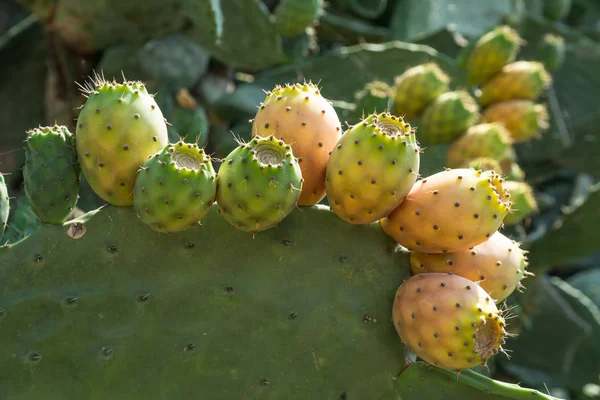
Opuntia ficus-indica, Other common names; Indian fig opuntia, Barbary fig, cactus pear, Spineless cactus, Nopal Cactus
Prickly pear cactus is a unique fruit that can thrive in Kenya’s arid and semi-arid regions. The fruit is known for its sweet and tangy taste and is high in antioxidants and fiber. Prickly pear cactus is also used in traditional medicine to treat various ailments. are rich in calcium, vitamin A and C, and also boost blood production in the body In Kenya its classified as an invasise cactus species with ongoing plans to control it.
To grow prickly pear cactus, farmers should plant the trees in well-drained soil and full sun exposure. Prickly pear cactus trees require minimal watering, making them an ideal fruit for arid regions. However, farmers should still water the trees regularly during the growing season to ensure healthy growth and high yields.
Thorn Melon
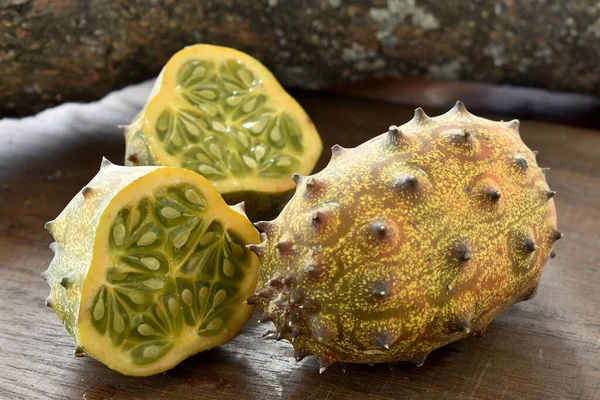
kiwano melon, jelly melon or horned melon.
Thorn melon, also known as kiwano, is a unique fruit that can thrive in Kenya’s arid and semi-arid regions. The fruit is known for its sweet and tangy taste and is high in vitamins A and C. Thorn melon is often used in salads, smoothies, and desserts.
To grow thorn melon, farmers should plant the trees in well-drained soil and full sun exposure. Thorn melon fruits requires following conditions for best yields;
- The ideal temperatures are 20-30°C for germination.
- The annual rainfall of 350-600mm per annum
- It takes 3 to 4 months for the fruit to rich maturity.
Pawpaws
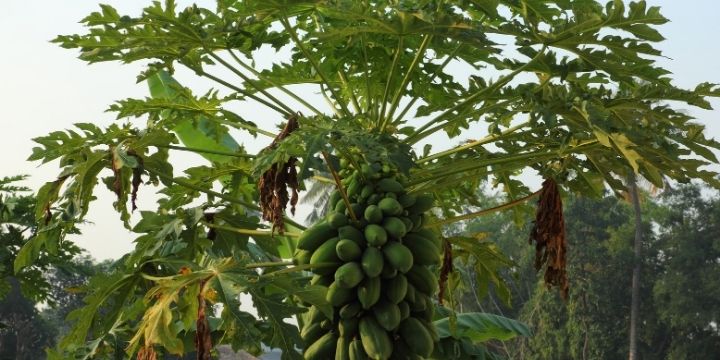
Carica papaya, other names; Papaya.
Pawpaws, also known as papayas, are a popular fruit in Kenya’s arid and semi-arid regions. The fruit is known for its sweet and juicy taste and is high in vitamins A and C. Pawpaws are often used in smoothies, salads, and desserts.
To grow pawpaws in Kenya, consider following conditions;
- Warm to hot climates for growth
- An altitude below 2100m above sea level.
- Annual rainfall of about 1000mm which is well distributed.
- Deep, well drained soils with adequate moisture, but not waterlogged.
Mango
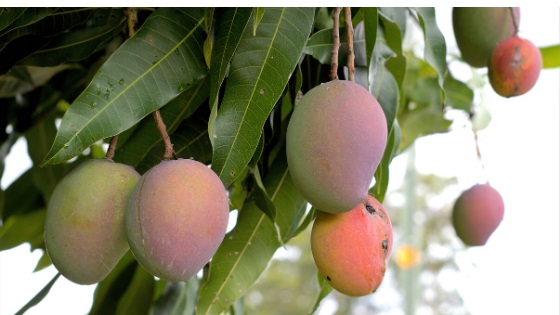
Mangifera indica
Mangos are well-suited for arid areas due to their ability to withstand drought conditions. They thrive in warm climates with temperatures ranging between 27-32°C and require minimal rainfall. In fact, mango can survive on just 40-50 inches (850 -1000 mm) of rainfall per year. They are easy to grow, have high yields, and are resistant to most pests and diseases. Additionally, mangoes are a popular fruit in Kenya and can be sold for a profit.
Avocado
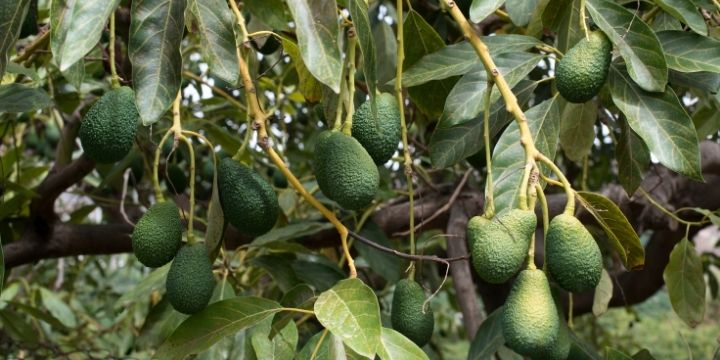
Avocado are another fruit tree that thrives in arid regions of Kenya. They prefer warm temperatures between 20-24°C and require minimal rainfall, making them ideal for areas with limited water resources. Avocados are also resistant to pests and diseases, making them relatively easy to care for. The fruit is highly nutritious and can be sold for a profit in local markets.
Guava
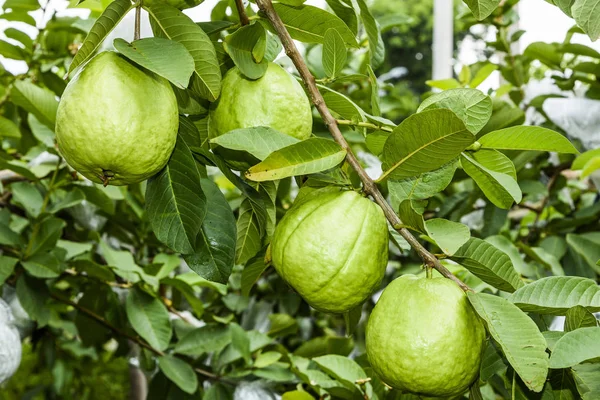
Psidium guajava, Other names Amrood, Brazilian Guava, Common Guava, Feuille de Goyavier, Goiaba, Goiabeiro, Goyabe, Goyave, Goyavier, Goyavier du Brésil, Guaiaba, Guaiava, Guavenbaum, Guayaba, Guayabo, Guayave, Jambu Batu, Koejawel, Lemon Guava, Mansala, Red Guava, Yellow Guava
Guava trees are a hardy fruit tree that can thrive in arid regions of Kenya. They prefer warm temperatures between 20-30°C and can survive on as little as 40 inches of rainfall per year. Guava plants are relatively easy to care for and have high yields, making them a profitable crop for small farmers.
Citrus Fruits
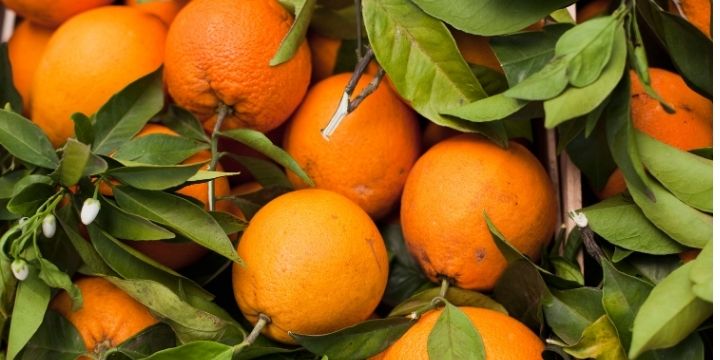
Citrus trees, including oranges, lemons, and grapefruits, can also thrive in arid areas of Kenya. They prefer warm temperatures between 15-30°C and require minimal rainfall. Citrus trees are relatively easy to care for, have high yields, and the fruit can be sold for a profit in local markets.
Pomegranate
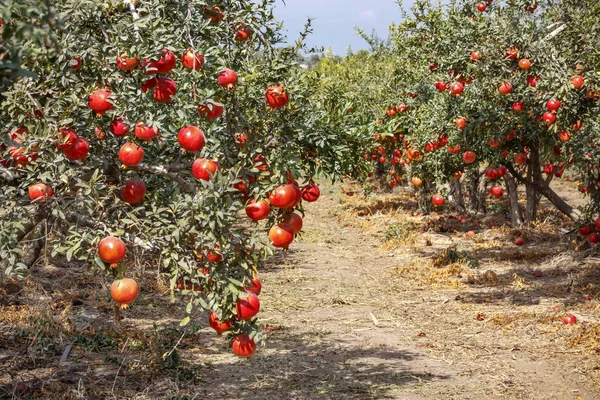
Punica granatum, Other names Punic apple, Granatapfel, Melograno, Melagrana, Anardana, Anar, Dadima, Fruit du, Pomme Grenade, Punica granatum, Shi Liu Pi
Pomegranate trees are a fruit tree that is well-suited for arid areas of Kenya. They prefer warm temperatures between 25-30°C and can survive on as little as 10 inches of rainfall per year. Pomegranate trees are relatively easy to care for, have high yields, and the fruit can be
sold for a profit in local markets. The fruit is also highly nutritious and contains antioxidants that can boost the immune system.
To plant a pomegranate tree, choose a site with well-draining soil and full sun exposure. Dig a hole twice the size of the root ball, and mix the soil with organic matter before planting. Water the tree immediately after planting and regularly thereafter until it is established. Pomegranate trees require minimal pruning, but you should remove any dead or diseased branches.
How to care for Fruit Trees in dry areas
Once you have planted your fruit trees, it is essential to care for them properly to ensure a successful harvest. Here are some tips for caring for fruit trees in arid areas of Kenya:
- Watering: Fruit plants require regular watering, especially during the dry season. Water them deeply once a week rather than giving them small amounts of water daily. This will encourage deeper root growth and make the trees more resilient to drought conditions.
- Water conservation; water basin should be built around each tree to ensure adequate moisture for fruit seedlings.
- Fertilizing: Fruit trees require regular fertilization to ensure healthy growth and high yields. Apply a balanced fertilizer in early spring and again in mid-summer. Avoid over-fertilizing as this can damage their growth.
- Pruning: Regular pruning is essential for maintaining the shape and health of your fruits. Prune before a rainy season they start to bud. Remove any dead or diseased branches and thin out any overcrowded branches.
- Pest and Disease Control: Fruit trees are susceptible to pests and diseases, especially in humid conditions. Keep an eye out for signs of pest infestations or diseases and treat them promptly. You can use organic pesticides or consult a professional if you are unsure.
Conclusion
In conclusion, growing fruits in dry areas of Kenya can be a profitable venture for you. You will need to choose the right types of fruits and care for them properly. Some varieties to grow are mango, avocado, guava, citrus, and pomegranate. The rest are Loquats, black plums, date palms, tamarind, kei apple, prickly pear cactus, dragon fruits, thorn melon, and papaya.
By following the planting and care instructions outlined in this post, you can enjoy a bountiful harvest and improve the livelihoods of small farmers in the area.
Did you Like the Post? Let us know below
Agcenture.com is your best agriculture, food & health blog.
Thank you for following us on Facebook, Twitter (X), LinkedIn, YouTube, and WhatsApp @ Agcenture for the latest updates.
